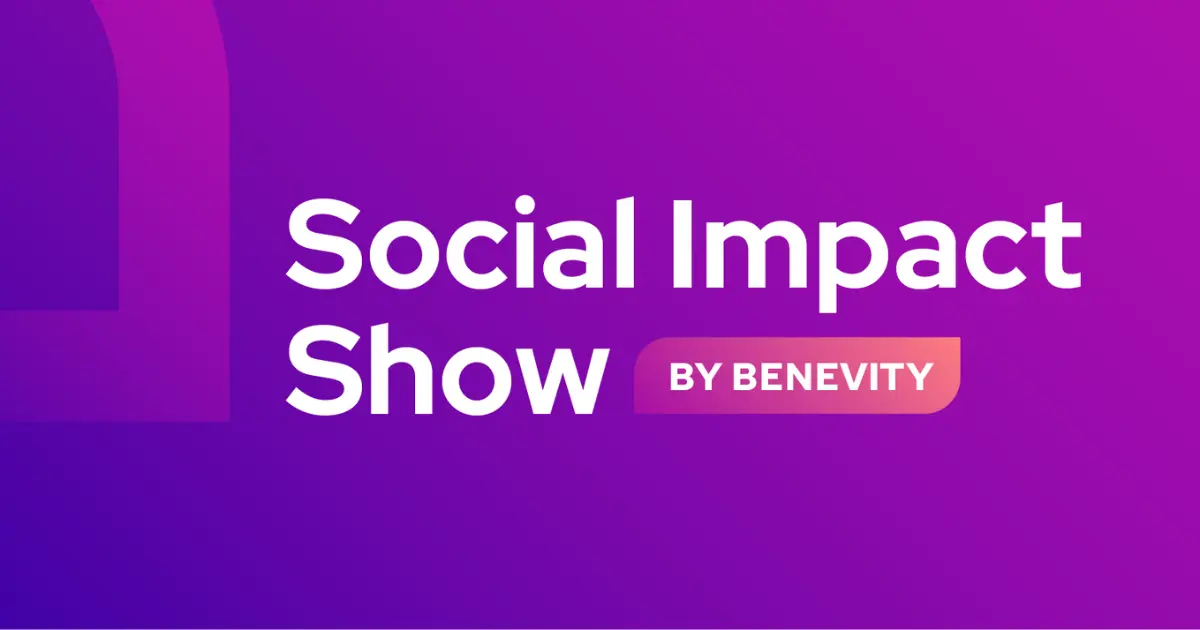In today's episode, you'll learn how to build a corporate foundation and scale your social impact initiatives. We chat with Chess Jakobs, the Head of Culture Amp Foundation, to how to engage employees in meaningful ways, and the importance of centring beneficiaries in your mission. Chess also shares insightful lessons from his past experiences and how they've shaped his approach to corporate philanthropy.
Watch the episode:
Prefer to listen?
Read what we discussed:
Building a Better World of Work: Lessons from Culture Amp Foundation
In the ever-evolving landscape of corporate social responsibility (CSR), businesses are constantly seeking ways to make a meaningful social impact. One organization that is making significant strides in this field is the Culture Amp Foundation. This foundation, led by Chess Jacobs, is a stellar example of how to marry core business principles with the unique needs and context of local causes and communities.
The Power of Listening
One of the key takeaways from the discussion was the importance of listening. When he first joined Culture Amp, Jacobs embarked on what he calls a "world tour" of the company.
He spoke with everyone, from new hires to C-suite executives, to understand their perceptions of the organization and its mission.
This listening tour enabled him to build a 360-degree view of the organization, which informed the creation of the Culture Amp Foundation's mission.
Jacobs' approach underscores the importance of understanding the organization and its people before embarking on any social impact initiatives.
This approach allows for the creation of programs that truly represent the organization and its values.
Centering Beneficiaries
Another significant lesson Jacobs shared was the importance of centering beneficiaries in decision-making.
This approach ensures that the impact made is always beneficial to those the organization aims to serve. It also provides a clear direction for the organization, making it easier to balance short-term objectives with long-term strategies.
This approach is evident in how the Culture Amp Foundation operates. I
t has four pillars: contribution, collective action, activation, and community and advocacy.
Each pillar is designed to make a positive impact in the world and for the nonprofit organizations they serve.
They do this by providing monetary, operational, and unrestricted grants, creating partnerships with nonprofits, and engaging employees in skills-based volunteering, among other initiatives.
Learning from Past Experiences
The conversation highlighted the value of learning from past experiences.
Jacobs shared an example from earlier in his career, where he committed 1% of the company's June revenue to social causes focusing on racial justice. However, when the economy took a turn, he found himself unable to continue the program for another nine months.
This experience taught him the importance of financial and fiscal responsibility, as well as the need for strategic use of resources.
Conclusion
From the importance of listening and understanding the organization, to centering beneficiaries and learning from past experiences, these insights can guide professionals in creating meaningful social impact programs.
Remember, making a social impact is a journey, not a destination.
As Jacobs aptly put it, "we always have to center the beneficiaries. And so that's what helps us. That's how we know we're being balanced is if they're at the center and a continuous impact is being made."









